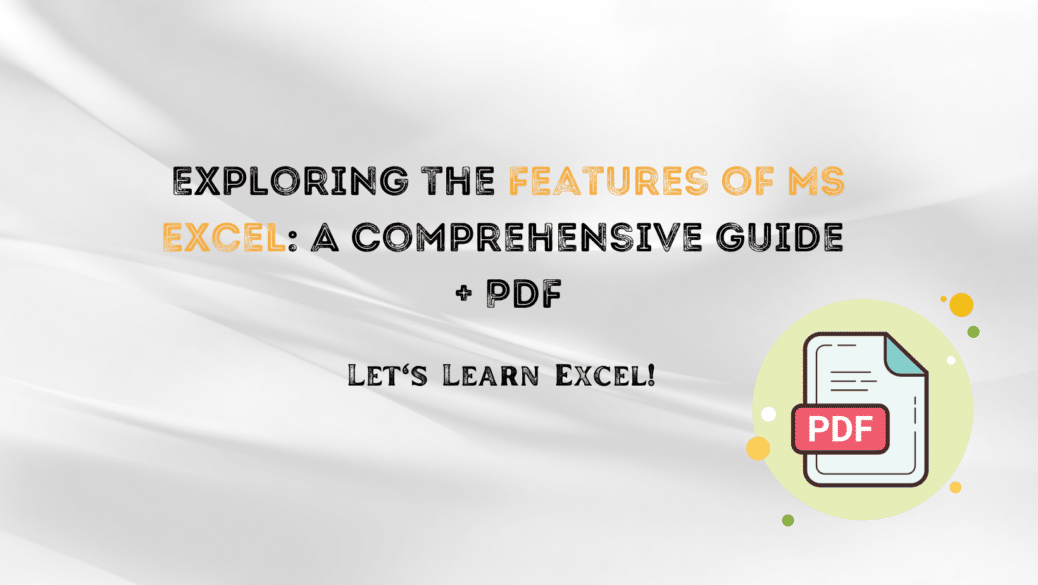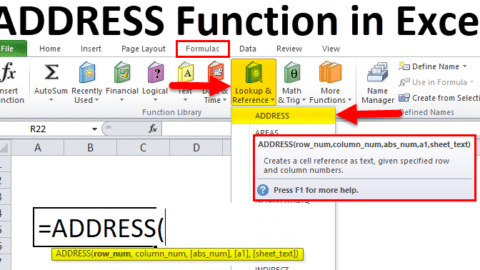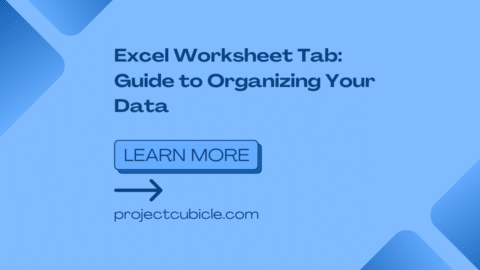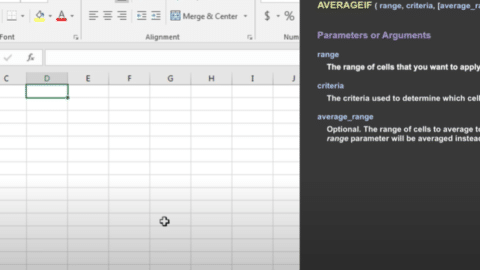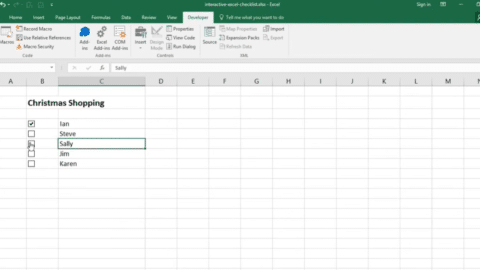Exploring the Features of MS Excel: Your Comprehensive Guide for 2023 and Beyond
Microsoft Excel is not just a cornerstone of the Microsoft Office Suite; it’s a versatile tool that has proven itself indispensable across various industries. Whether it’s data analysis, financial modeling, or statistical plotting, Excel provides a multifaceted platform to handle these tasks effortlessly. In this exhaustive guide, we will delve into the myriad features of MS Excel that make it the go-to software for a wide range of applications.
Table of Contents
Why is MS Excel So Widely Used?
Firstly, let’s address Excel’s immense popularity. This isn’t mere happenstance; Excel’s reputation is a result of its robust features and extensive adaptability. Whether it’s basic data entry for personal finance or advanced data analytics for business intelligence, Excel caters to a plethora of industry-specific needs. This universality explains its widespread usage in fields such as finance, healthcare, academics, and market research.
Expanded Real-World Examples of Functionality in Excel PDF
Core Features of MS Excel
1. Spreadsheet Functionality
Starting with the basics, Excel’s cell-based structure allows for easy data entry and organization. This foundational feature supports a variety of more complex functions, which we will discuss shortly.
2. Formulas and Functions
Moving on, Excel is replete with a host of predefined formulas and functions. From basic math operations to complex statistical analysis, these tools provide immense computational power.
3. Data Sorting and Filtering
Moreover, Excel excels in data manipulation. Users can sort data by different attributes and apply filters to extract specific information from large datasets, thereby streamlining analysis.
4. Data Visualization Tools
Additionally, Excel offers a broad spectrum of data visualization tools, including various types of charts and graphs. Conditional formatting and heat maps are other advanced features that enable users to interpret data visually.
5. PivotTables and PivotCharts
Next, PivotTables and PivotCharts are essential tools for anyone looking to analyze and summarize data efficiently. These features simplify the data interpretation process and enable more nuanced insights.
6. Macros and VBA Programming
For those who wish to go beyond built-in functionalities, Excel’s Macros and VBA (Visual Basic for Applications) allow for custom automations and calculations.
7. Collaboration Features
Last but not least in this section, OneDrive integration permits real-time collaboration. Teams can co-author spreadsheets, making it a handy tool for project management.
Advanced Features
1. Power Query
Firstly in our advanced section, Power Query offers robust data connection capabilities. This feature allows users to connect to multiple external databases and perform data transformations, thereby expanding Excel’s utility.
2. Power BI Integration
Furthermore, Power BI integration amplifies Excel’s capabilities in data analytics and visualization. This feature is particularly useful for BI professionals who require more advanced analytical tools.
3. Slicers and Timelines
Also, Slicers and Timelines serve as interactive filtering tools that make it easier to sift through data in tables, PivotTables, and PivotCharts. These features offer an intuitive user interface for data filtration.
4. What-If Analysis Tools
Lastly, What-If Analysis tools like Goal Seek and Scenario Manager enable users to explore different outcomes based on variable inputs. These are invaluable for tasks like financial forecasting and risk assessment.
New in Excel 2023
1. Dynamic Arrays
One of the notable new features in Excel 2023 is Dynamic Arrays, which allow functions to return multiple values that spill over into adjacent cells, making data manipulation even more flexible.
2. XLOOKUP Function
Replacing the older VLOOKUP and HLOOKUP functions, XLOOKUP offers a more powerful and flexible way to find and retrieve data across sheets.
3. Enhanced AI Features
The latest version also integrates enhanced AI features that can suggest charts, analyze data patterns, and even autocorrect errors, thus making data analysis smarter and more efficient.
Common Pitfalls and How to Avoid Them
1. Error Messages
We often encounter error messages like #VALUE! or #DIV/0! Understanding what these errors signify and how to troubleshoot them can save you hours of work.
2. File Compatibility Issues
Older Excel files may not be compatible with newer versions and vice versa. Knowing how to convert files and which features are backward-compatible can avoid unnecessary headaches.
3. Overcomplicating Formulas
Sometimes, simpler is better. Overcomplicated formulas can make your spreadsheets harder to manage and understand. Using Excel’s built-in functions efficiently can often yield the same results with less hassle.
Frequently Asked Questions
1. Is MS Excel suitable for large datasets?
Certainly, while Excel is a powerful tool, it has its limitations when it comes to handling extremely large datasets. Also, alternative database software may be more suitable for such cases.
2. Is MS Excel a reliable tool for project management?
Absolutely, Excel’s scheduling and planning features make it a functional tool for various aspects of project management.
3. How secure is MS Excel?
Significantly, Excel offers multiple layers of security, including password protection, encryption, and secure cloud storage options, to safeguard your data.
Hello, I’m Cansu, a professional dedicated to creating Excel tutorials, specifically catering to the needs of B2B professionals. With a passion for data analysis and a deep understanding of Microsoft Excel, I have built a reputation for providing comprehensive and user-friendly tutorials that empower businesses to harness the full potential of this powerful software.
I have always been fascinated by the intricate world of numbers and the ability of Excel to transform raw data into meaningful insights. Throughout my career, I have honed my data manipulation, visualization, and automation skills, enabling me to streamline complex processes and drive efficiency in various industries.
As a B2B specialist, I recognize the unique challenges that professionals face when managing and analyzing large volumes of data. With this understanding, I create tutorials tailored to businesses’ specific needs, offering practical solutions to enhance productivity, improve decision-making, and optimize workflows.
My tutorials cover various topics, including advanced formulas and functions, data modeling, pivot tables, macros, and data visualization techniques. I strive to explain complex concepts in a clear and accessible manner, ensuring that even those with limited Excel experience can grasp the concepts and apply them effectively in their work.
In addition to my tutorial work, I actively engage with the Excel community through workshops, webinars, and online forums. I believe in the power of knowledge sharing and collaborative learning, and I am committed to helping professionals unlock their full potential by mastering Excel.
With a strong track record of success and a growing community of satisfied learners, I continue to expand my repertoire of Excel tutorials, keeping up with the latest advancements and features in the software. I aim to empower businesses with the skills and tools they need to thrive in today’s data-driven world.
Suppose you are a B2B professional looking to enhance your Excel skills or a business seeking to improve data management practices. In that case, I invite you to join me on this journey of exploration and mastery. Let’s unlock the true potential of Excel together!
https://www.linkedin.com/in/cansuaydinim/

